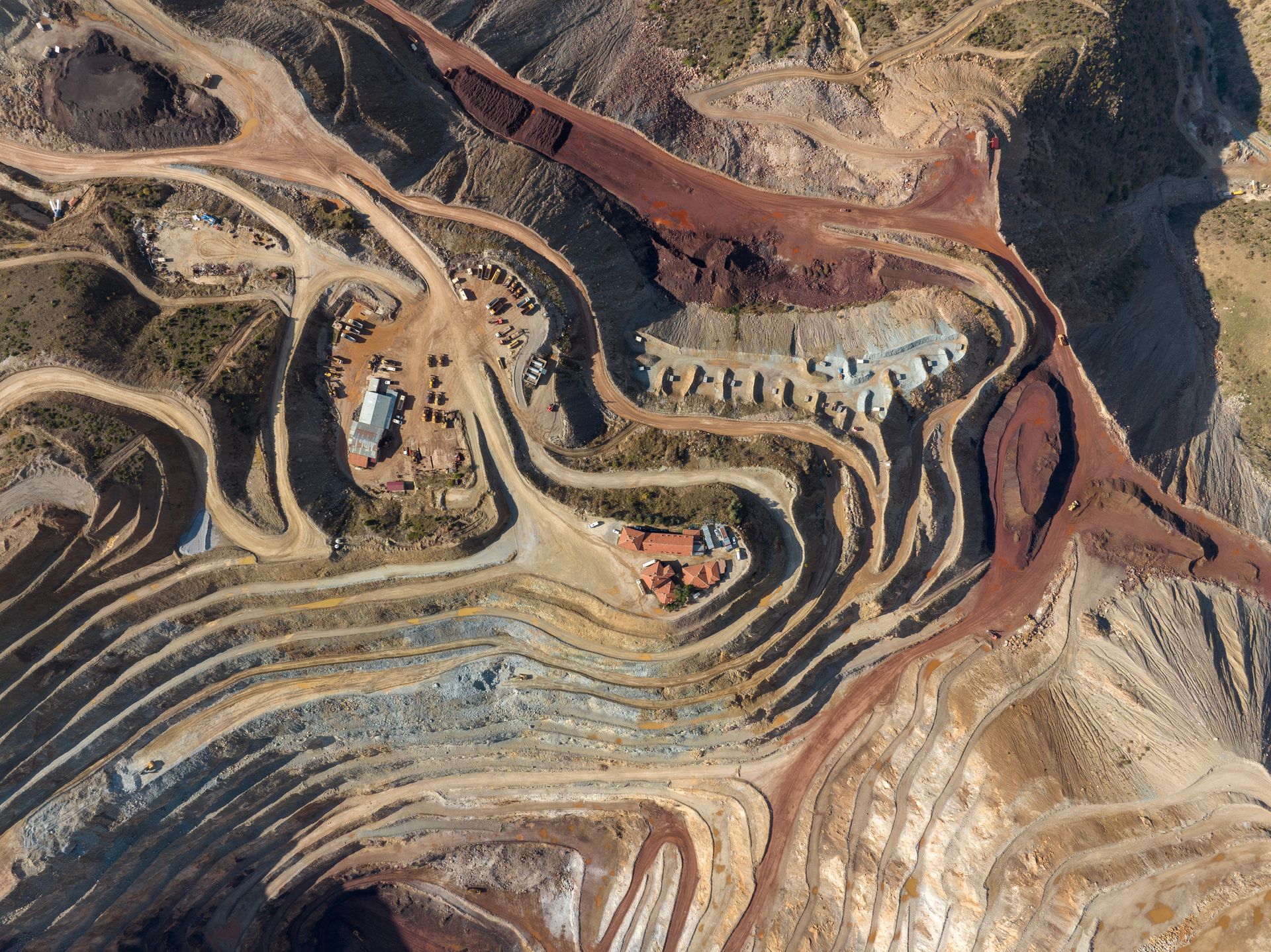Dr Sue Keay FTSE is a Director of Future Work Group. Sue is a recognised leader in robotics, AI and automation who is passionate about helping emerging technology businesses, the companies adopting new technologies and their workforces.
The gold mine of automation and decarbonisation
Dr Sue Keay FTSE
Pursuing decarbonisation goals without also mapping a path to achieve automation goals can waste resources, lead to implementation of suboptimal solutions and fails to consider the ambitions of the future workforce.

The mining sector is embracing decarbonisation, with companies charting paths towards zero emissions to achieve a reduction of 1.5°C global temperature by 2050. Employees, regulators, investors and customers are creating significant pressure to decarbonise the industry which contributes 2-3% of global CO2 emissions.
Mining companies are unable to obtain favourable financing, let alone attract loyal employees and regular customers, without low environmental, social and governance (ESG) scores. However, a narrow focus on achieving zero emissions that does not consider a move towards zero-entry (fully automated) mines ignores the increasing convergence between decarbonisation and automation goals. It also ignores the war for talent, where younger generations increasingly want to work for companies with proven sustainability credentials as well as flexible, attractive working conditions.
The majority of direct and indirect emissions can be addressed by moving to vehicles and equipment that are both electric and autonomous, using renewable energy sources, redesigning mine processes and infrastructure for carbon neutrality, and moving activities into remote operations centres.
The role of automation in fast-tracking each of these pursuits is worth exploring in more detail.
Electric vehicles and equipment are easier to automate. 58% of autonomous, light-duty vehicle retrofits and models are built over an electric powertrain, and a further 21 percent utilise a hybrid powertrain, according to Securing America’s Future Energy (SAFE).
Optimising energy use. It is hard to optimise the charging schedule for electric vehicles and equipment if they are NOT automated. The efficiency and productivity of autonomous vehicles and equipment ensures they can optimise fuel use and/or battery recharging, and consume less energy.
Selecting the most efficient energy sources. Energy demand management and selecting the most sustainable energy source with least emissions requires real-time automation of mining processes and, where possible, redesign of the most energy-intensive processes – comminution, for example – from scratch.
Reducing waste. Automation technologies, including AI-driven decision making, allow for more precision in drilling and blasting, targeted resource extraction, improved process control, preventative maintenance and tailings management, all of which leads to reduced carbon and water usage and better outcomes overall.
Enhancing worker safety. Autonomous equipment and remote operations centres, reduce the need for a human presence in hazardous mining environments. This move towards “zero entry” through automation also progresses decarbonisation goals by reducing the need to transport people and materials to site, eliminating the carbon cost of flights and remote accommodation.
Appealing to the workforce of the future. As demand for talent increases, forward-thinking employers are using automation to liberate workers from inflexible schedules and work locations, whilst also creating more interesting, tech-based jobs. These employers are likely to attract the best candidates.
The mining sector must reduce carbon emissions to produce zero-carbon commodities and meet the rising demand for minerals essential for renewable energy technologies. While it is possible to advance a decarbonisation agenda without automation, the outcomes will be less effective – hence, it is important to combine decarbonisation and automation goals. This convergence will help to redefine mining practices in a way that is fit for the world and workforce of the future.











